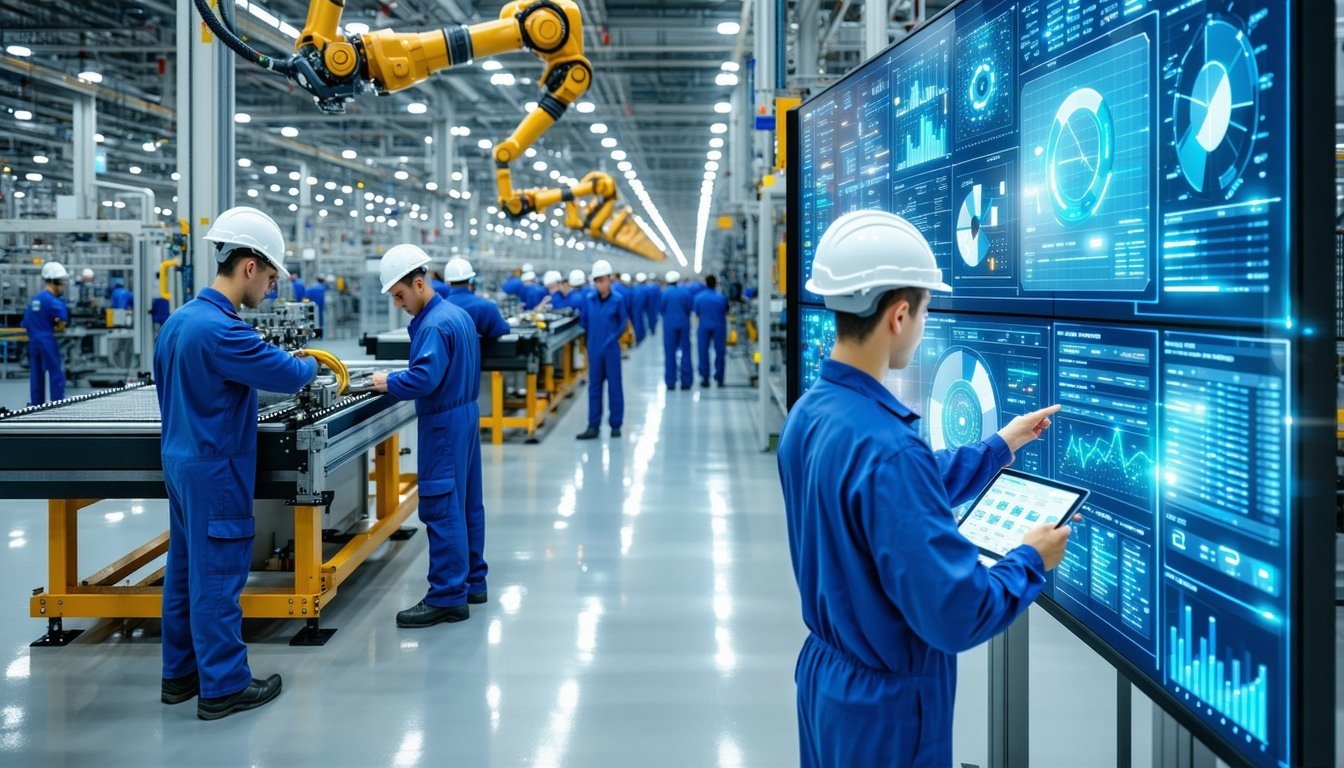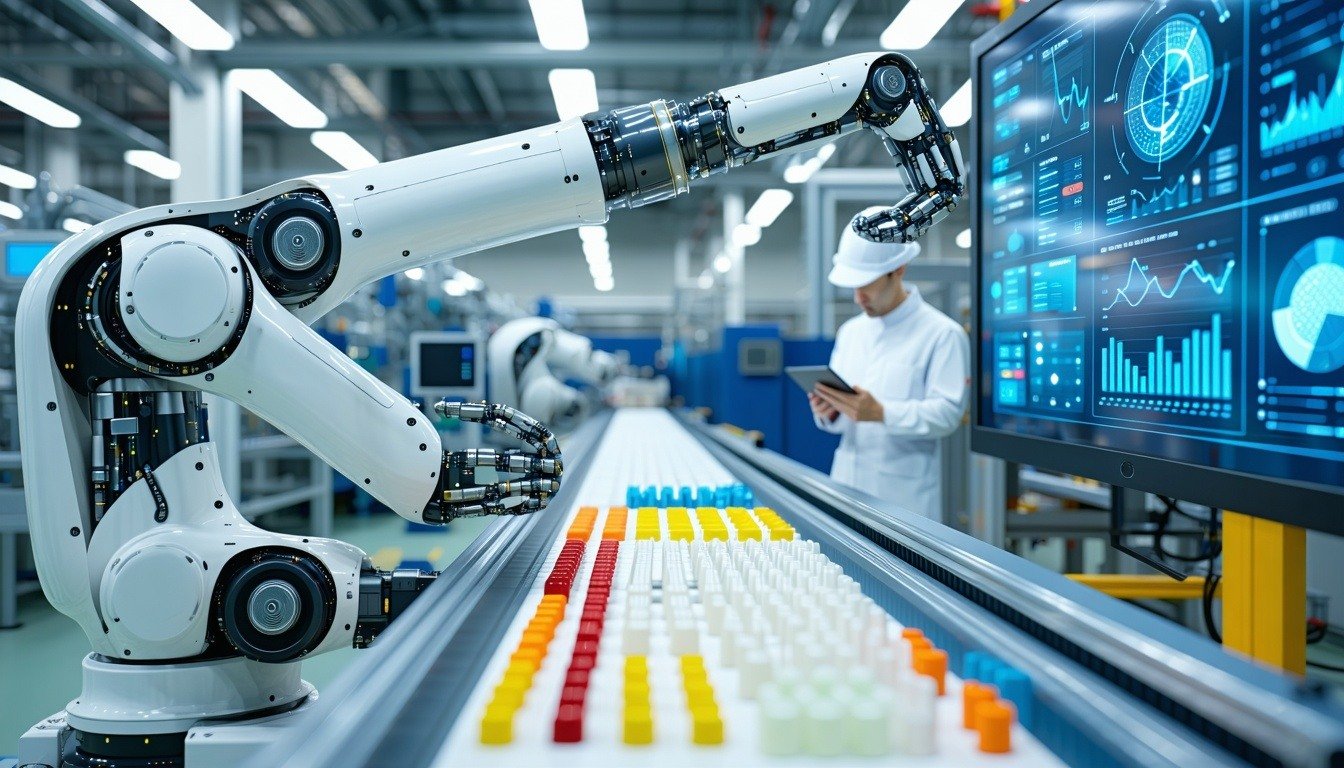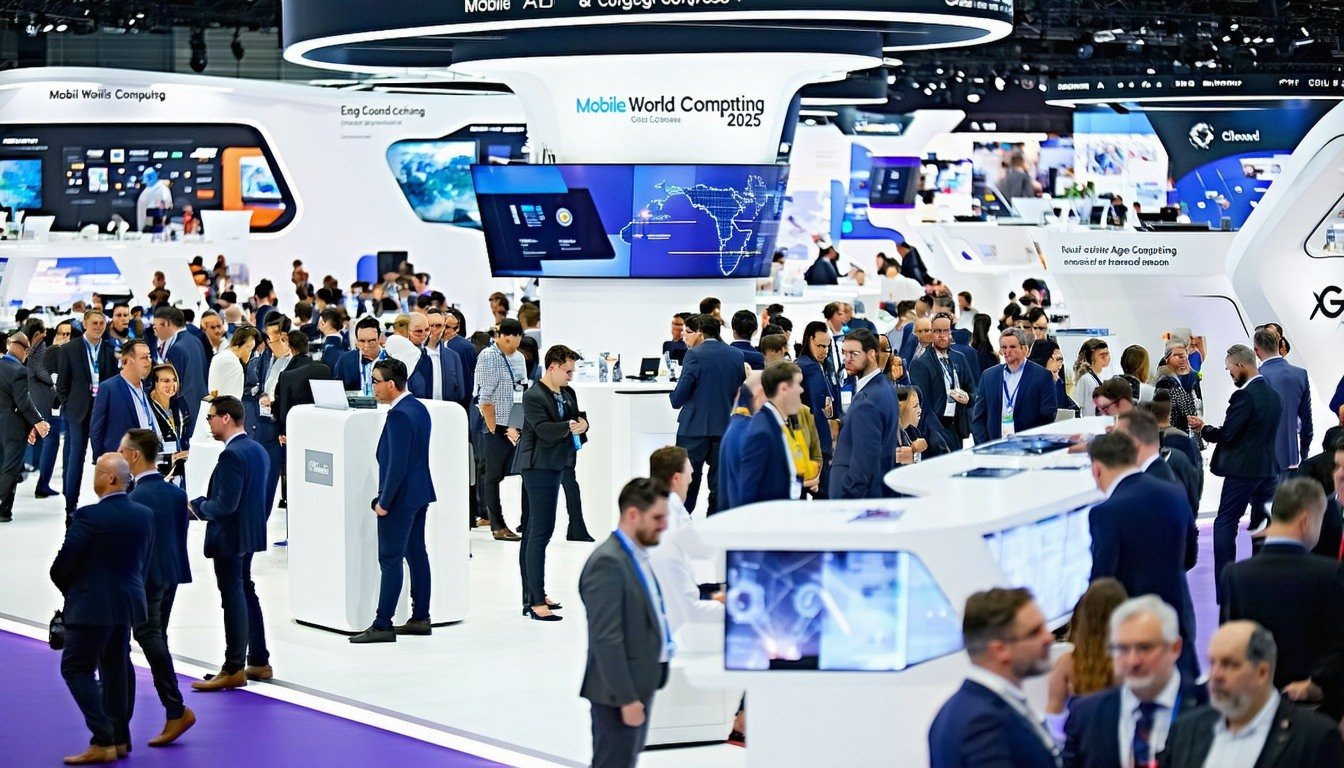Making buildings more energy-efficient or even net zero is a vital aspect of creating a more sustainable world. According to the International Energy Agency (IEA), 30% of global energy consumption comes from building operations. Therefore, minimizing the energy footprint of buildings is the logical first step in reducing emissions and addressing climate change. Making commercial and residential buildings energy efficient introduces the following benefits:
- Reduces the building’s environmental footprint
- Minimizes operational costs
- Creates green financing opportunities
- Increases the real estate value for the building developers over time.
ABI Research identifies three key areas to make a building energy efficient: renewable energy solutions, enabling technologies for renewable energy, and energy-efficient software solutions.
Renewable Energy Solutions
1. Solar Photovoltaics (PVs)
Installing solar PV panels is one of the most well-known ways to make homes and buildings more eco-friendly. PV panels harness energy from sunlight and convert it into electricity. Using inverters, PV systems turn Direct Current (DC) electricity into grid-compatible Alternating Current (AC) power. Depending on the size of the net-zero project, PV system sizes can range from 5 Kilowatts (Kw) for homes to 500+ kW for large commercial buildings.
Key factors influencing solar energy capacity include spacing, shading, and local solar insolation. PV panel costs have significantly reduced in recent years, making the sustainable solution more accessible to businesses.
2. Solar Hot Water
A complementary technology to solar PV panels is solar hot water. Rather than using the sun’s light, solar thermal systems use the sun’s heat to provide hot water or space heating to buildings. In this process, solar collectors consist of panels with fluid pipes (containing water or antifreeze) that absorb sunlight, causing the pipes to heat up.
3. Geothermal Heat Pumps
Geothermal heat pumps exchange heat from under the Earth’s surface to a building instead of relying on the outside temperature. Because the underground temperature is cooler than the air temperature in the summer and warmer in the winter, geothermal heat pumps provide heating, cooling, and sometimes hot water to buildings in an environmentally friendly way.
Unlike a gas furnace or water heater, heat pumps do not need combustion, saving up to 50% in energy costs. No fuel source is involved in this system, so the only energy consumed is for operating the compressor, evaporators within the unit, and the pumps needed to transport the heating medium. The majority of heat pumps that are being used throughout the world today typically give an output temperature of between 35° Celsius (C) and 60°C.
Learn more about the sustainability merits and technological background of geothermal heat pumps in ABI Research’s Smart Heating Technologies for Enterprises report.
4. Wind Turbines
Wind turbines are another well-known clean energy solution that harnesses the wind to produce electricity. Building-mounted wind turbines are best suited for rural sites or large community-scale projects for on-site energy production where turbulence is less of an issue than in dense urban areas.
5. Biomass Energy
Biomass systems use energy from organic sources such as wood, agricultural waste, and methane derived from landfills or wastewater treatment. This energy can be harnessed through methods like direct combustion, anaerobic digestion, or biofuel conversion. Biomass systems, ranging from small-scale applications for building heating to larger-scale electricity generation, contribute to carbon neutrality, influenced by factors like feedstock type and system efficiency.
6. Hydrokinetics
Hydrokinetic power is produced by the kinetic energy generated from the motion of water, such as waves and tides. While geographically limited, hydrokinetic power can power buildings near oceans, streams, lakes, and other bodies of water without building a dam. Alternatively, pipeline water flows can facilitate this power source if the building has existing infrastructure.
Enabling Technologies for Renewable Energy
For a building to transition to renewable energy and achieve net-zero emissions, the building owner must adopt technologies that can store, convert, and manage clean electricity derived from solar and wind.
7. Battery Storage
Solar and wind power availability is unpredictable, making it imperative for building owners to invest in energy storage systems. For example, a recent whitepaper from ABI Research identifies Battery Energy Storage Systems (BESSs) as an effective way to reserve unused renewable energy during off-peak periods. This way, energy is stored for later use when the sun isn't shining or the wind isn't blowing.
As noted in our Smart Energy Reality Check: The Goals, Challenges, And Strategies Revealed From Our Enterprise Survey whitepaper, 63% of U.S. manufacturers already implement energy storage or backup solutions at their facilities.
8. Inverters
An inverter is a device that allows DC voltage to convert to AC voltage for use on the electric grid. This is needed because the grid uses AC electricity, while solar panels generate DC electricity. Some smart inverters can regulate real-time voltage and frequency to stabilize the grid.
9. Demand Response Software
Building owners also use demand response software to promote the energy efficiency of their properties. Demand response software leverages advanced algorithms to match electric loads with the intermittent output of renewables. A prominent example would be demand response software increasing solar energy generation for Electric Vehicle (EV) charging when solar power is plenteous. Conversely, solar-powered electricity to the EV will be lower when solar energy availability is low.
Energy Efficiency Software Solutions for Buildings
Software is an integral piece to the net-zero puzzle for building owners. ABI Research identifies intelligent Building Management Systems (BMSs), digital twin models, and space management systems as essential technologies for reducing energy consumption.
10. Building Management Systems
Smart building platforms promote commercial building energy efficiency by serving as a computer-based control system that tracks and manages various building functions. BMSs leverage sensors, controls, software, and interfaces to optimize lighting, Heating, Ventilation, and Air Conditioning (HVAC), shading, security, and other essential building systems. In this regard, a BMS can support automated energy switching based on climate conditions, levels of sunlight, room occupancy, etc.
BMSs visualize various building energy metrics that influence energy costs and consumption. The systems identify equipment faults for predictive maintenance, balance renewable energy output, and remotely monitor the performance of energy systems.
Learn more about ABI Research’s technology findings in this space by checking out the Smart Buildings Platforms and Software Research Spotlight.
11. Digital Twins
Digital twin technology creates a virtual replica of a physical building in accordance with operational data. A living, breathing building replica allows building owners and engineers to identify issues, monitor energy-efficiency efforts in real time, and simulate key functions. Having energy data matched with the real-world building provides more accurate modeling than isolated modeling.
While in its early days, ABI Research forecasts strong growth for building digital twins. Our analysts forecast building digital twin revenue to increase from US$1.58 billion in 2023 to US$5.38 billion by 2027, with residential buildings accounting for much of the market.
Table 1: Digital Twin Market Share and Revenue by Building Segment
World Markets: 2023 versus 2027
(Source: ABI Research)
| Building Segment |
Share |
2023 Revenue (US$) |
2027 Revenue (US$) |
| Residential Buildings (High Rises) |
63% |
995,510,760 |
3,396,147,653 |
| Commercial Buildings |
33% |
514,078,376 |
1,753,759,118 |
| Warehouse |
10% |
152,860,063 |
521,476,376 |
| Education |
5% |
74,701,714 |
254,842,098 |
| Healthcare |
2% |
30,341,570 |
103,509,130 |
| Lodging |
2% |
30,341,570 |
103,509,130 |
| Malls |
2% |
31,493,782 |
107,439,856 |
| Office |
12% |
194,339,678 |
662,982,528 |
| Industrial Buildings |
4% |
67,212,339 |
229,292,376 |
| Total |
100% |
1,576,801,475 |
5,379,199,147 |
12. Space Management Software
Space management software helps building managers optimize spatial mapping, room scheduling, and lighting usage through smart analytics. Companies like Planon and Enlighted offer Internet of Things (IoT)-based solutions that capture and centralize key data such as occupancy, air quality, and space utilization. Occupancy and contact sensors provide a bird’s-eye view of how a building’s resources are being used, which supports energy efficiency efforts. Space management software makes it ea3sier for facility managers to identify energy patterns and reduce their carbon footprint.
Conclusion
Designing buildings with sustainability in mind is becoming the norm as property owners aim to reduce energy costs and streamline operational performance. For example, The Ericsson USA 5G smart factory runs on 100% renewable energy with integrated environmental systems that reduce energy consumption by 24% and water use by 75%. Nokia’s 5G “factory of the future” in Oulu, Finland, leverages Nokia’s private wireless networks for secure and reliable connectivity for factory assets, IoT analytics, and a real-time digital twin of factory operations data. ABI Research forecasts the number of new net-zero buildings worldwide to more than double from 2,419 in 2023 to 5,457 by 2027. While this number is small, it highlights accelerated market demand for energy-efficient building technologies and solutions.
For a more elaborate analysis of these technologies and the opportunities they present for property owners and tech vendors, download ABI Research’s From Energy-Efficient to Net-Zero Buildings report.
Related Content
- Innovative Plug Load Technology: A Key to Demand Response Cost Reduction Solutions for Commercial Buildings (IN-7126).
- The DMG MORI Digital Twin Machine Model: How Siemens and DMG MORI’s Partnership Is Leading the Market (IN-7111)
- Digital Twins Are No Longer an Interesting Concept for John Deere, They Are Essential to Optimizing Facilities (IN-6894)
- Creating a Digital Twin of Entire Facilities Enables Mars Inc.’s Staff to Meet Operational Challenges (IN-6731)





